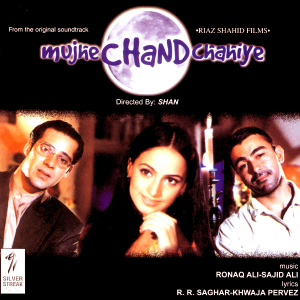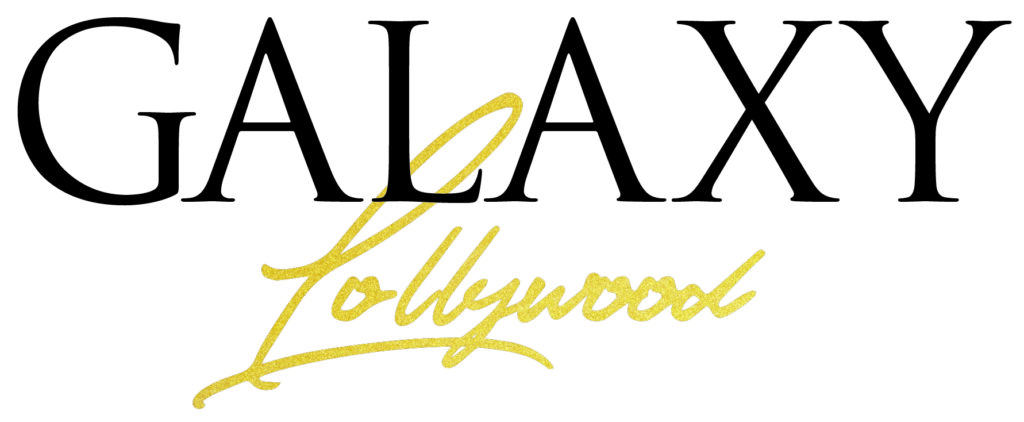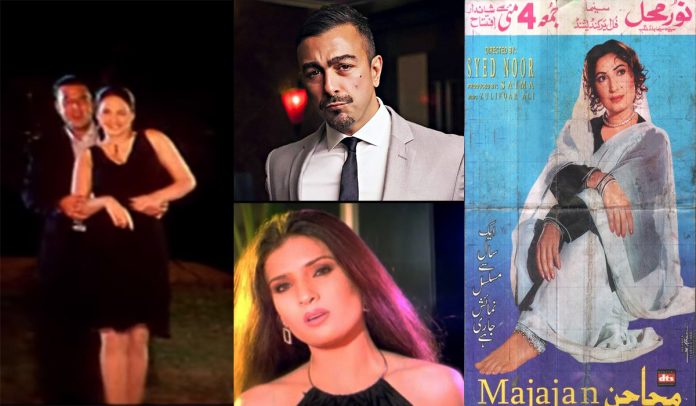While it’s true that Pakistani cinema is light years ahead of where it was during its Lollywood phase of the late 80s and 90s, some still recall that era with much nostalgia. Even when it was on a sharp downhill course, the Lahore based film industry, colloquially referred to as ‘Lollywood’ kept churning out 30 to 40 odd films a year. While most of these films were very mediocre, the era still seems to have a few redeeming qualities which contemporary Pakistani cinema can take a few cues from. Here we take a look at a few of them.
Star power
From golden-era superstars such as Waheed Murad, Shabnam, Nadeem and Mohammad Ali to Shaan Shahid since the 90s, the industry produced stars who were able to sustain their pull over the masses purely through films.
During that era, working in other mediums such as television was considered a big no for film stars – although many stars in the 90s such as Babar Ali got their big breaks from television. The larger than life persona of heroes and heroines is what still some yearn for – although with the omnipresent social media, stars the world over have taken a more human and realistic avatar.
 Popular music
Popular music
Right till Yeh Dil Aap Ka Hua in 2002, local films ran for weeks just on the strength of their popular soundtrack. While music has always been an integral part of South Asian cinema, the revived Pakistani cinema places relatively less emphasis on this important quality of our films. The 90s arguably tolled the death knell for the industry, but even during that era films such as Jeeva, Chief Saab, and Ghoongat and some others boasted of popular tracks that enjoyed much airtime on television and radio.
Investors banking on stars
Dubious as they might have been, especially towards the end in the 90s and 2000s, the Lahore industry relied on investors producing films, as opposed to stars financing their own productions. Barring Waheed Murad and Shaan Shahid (in a few films), not many other actors chose to venture over into production. Their stardom was the result of the faith these producers had in the stars for delivering a handsome return on their investment.
Relatively longer runs by exhibitors
Lollywood era films were less front-loaded when it came to their theatrical runs, and the final box office outcome was not known for weeks. Successful movies enjoyed a run of at least a few months, and it was not entirely unusual for a blockbuster such as Choorian or Majajan to be screened for over a year at a theater.
That quintessential ‘filmi’ style
During that era, the Pakistani society was a lot more conservative and the difference between wardrobe and styling in films and what was considered popular fashion was enormous. The actresses especially worked a lot on their appearance and wardrobe and wore custom-tailored outfits not only on-screen but off-screen as well. Amongst the most recent crop of Lollywood stars, actresses such as Resham and Sana had their own particular style which was followed by many in the masses.
The unique, larger than life ‘filmi’ style was also reflected in the song and dance sequences, many of which were picturized in some very difficult situations. For example, in 2001’s Khoey Ho Tum Kahan, Meera tumbled down a few times down some harsh sand dunes in the middle of Baluchistan for the title song of that film. A sequence of the same song was also shot in the middle of a heavy sand storm, with Meera braving the elements. The level of commitment by the stars was on an entirely different level, and that is something that the current crop of actors can draw inspiration from.
Do you agree with us? Let us know in the comments below!




